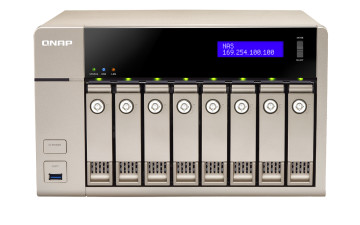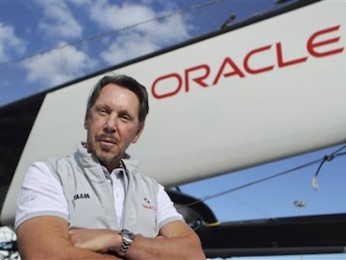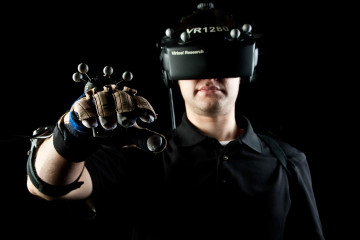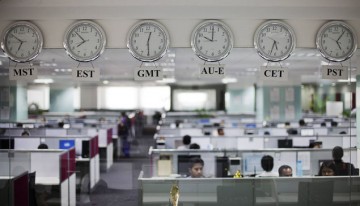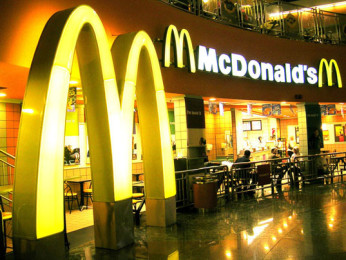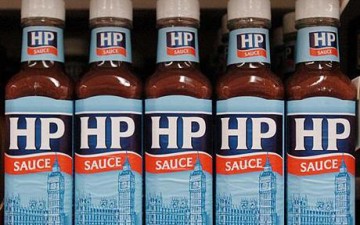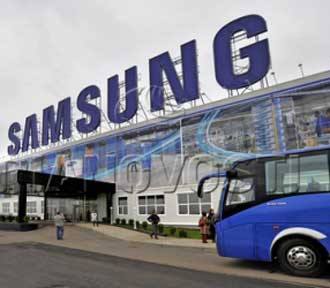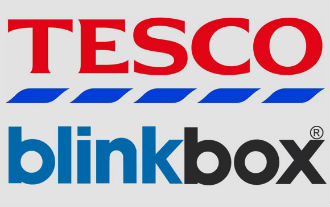 It appears that all those European leaders standing against censorship moves of the Parisian terrorists have decided that the way to deal with them is by using more censorship.
It appears that all those European leaders standing against censorship moves of the Parisian terrorists have decided that the way to deal with them is by using more censorship.
In the wake of this week’s terrorist attacks in Paris, which began with the killing of 12 people at the offices of satirical publication Charlie Hebdo, the interior ministers of 12 EU countries have called for an increase in internet censorship.
France, Germany, Latvia, Austria, Belgium, Denmark, Spain, Italy, the Netherlands, Poland, Sweden and the U.K. said ISPs need to help “create the conditions of a swift reporting of material that aims to incite hatred and terror and the condition of its removing, where appropriate/possible”.
In other words, adopt a similar line to what has been agreed in the UK where ISPs use filters to stop citizens seeing “extremist” online content.
What this is supposed to do is not actually clear, governments have proved themselves unable to define what is a site designed to incite hatred and terror. After all you would think that a site which calls for the dismantling of the European Union and for immigration to stop would be classed as hate speech but it is UKIP it is considered safe along with the comments section of the Daily Mail site.
Ironically the left wing Charlie Hebdo has itself frequently been accused of hate speech for its portrayal of Muslims and others. It has also been sued by the Roman Catholic Church several times for its anti-religion stance.
Ironically, this could mean that the newspaper which literally lost lives to anti-censorship could be closed as western governments try to protect themselves from Muslim censorship.
